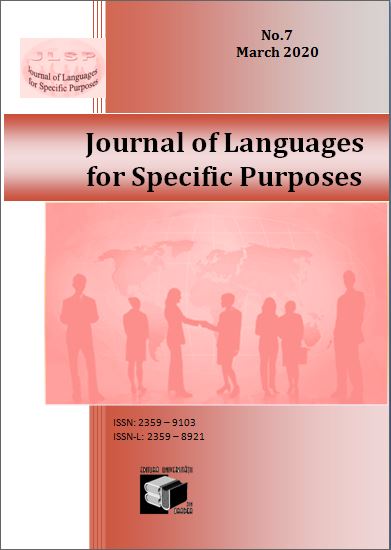League Of Nations Agreements
After the First World War, Poland and Lithuania regained their independence, but soon found themselves in territorial conflicts. [135] During the Polish-Soviet war, Lithuania signed the Moscow Peace Treaty with the Soviet Union, which established the borders of Lithuania. This agreement gave Lithuanians control of the city of Vilnius (Lithuanian: Vilnius, Polish: Wilno), the former Lithuanian capital, but a city with a majority of the Polish population. [136] This exacerbated tensions between Lithuania and Poland and raised fears about their resumption of the Polish-Lithuanian war, and on 7 October 1920, the League negotiated the Suwaéki Agreement, which established a ceasefire and a demarcation line between the two nations. [135] On 9 October 1920, General Lucjan Eligowski, who commanded a Polish military power in violation of the Suwaski Agreement, took the city and founded the Central Lithuanian Republic. [135] Unanimity was required for the decisions of the Assembly and the Council, except for procedural and other specific cases, such as the admission of new members. This requirement reflected the League`s faith in the sovereignty of its component nations; the League sought a solution by approval, not by dictation. In the event of a dispute, the agreement of the parties to the dispute was not unanimously necessary. [67] Within months, an international conference on women was convened in The Hague. Under the leadership of Mia Boissevain, Aletta Jacobs and Rosa Manus, the congress, opened on April 28, 1915,[29] was visited by 1,136 participants from neutral and non-belligerent nations[30] and resulted in the creation of an organization to become the International League of Women for Peace and Freedom (WILPF). [31] At the end of the conference, two women`s delegations were sent to meet with European heads of state in the coming months. They obtained the agreement of the hesitant foreign ministers who, on the whole, considered such a body ineffective, but expressed their readiness to obstruct or not hinder the creation of a neutral mediation body if other nations agreed and President Woodrow Wilson opened a body. In the middle of the war, Wilson refused.
[32] Foreign Office official Sir Eyre Crowe also wrote a memorandum to the British cabinet stating that “a solemn league and an alliance” would be a “contract, like other contracts.”





